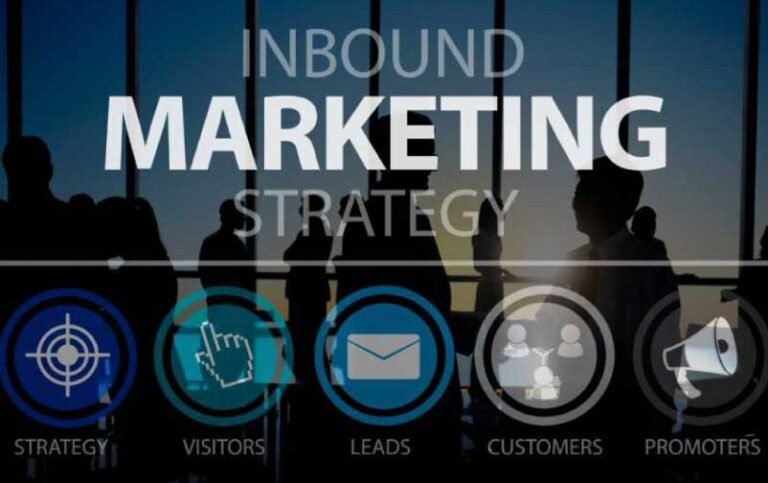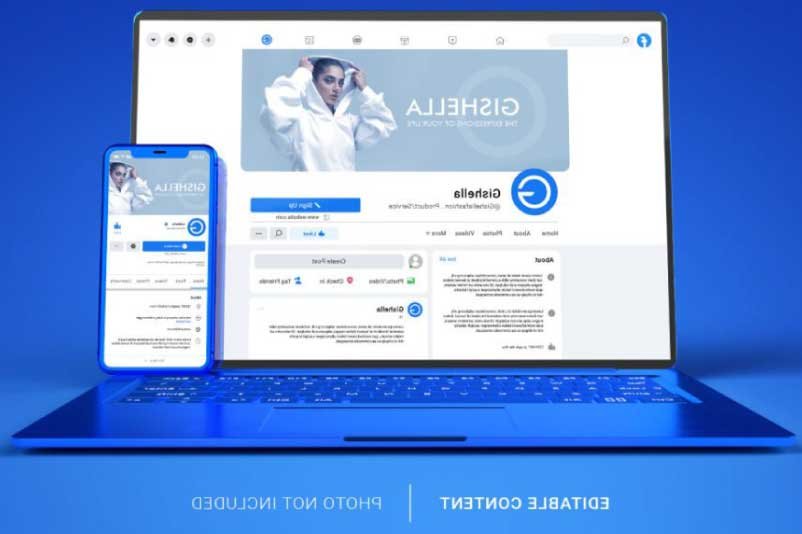
What are Leads in Digital Marketing? Answering 5 key questions

Leads are the result of a good strategy
In the vast universe of digital marketing, a deep understanding of leads becomes an essential element for the success of any business, especially for small and medium-sized enterprises (SMEs) and startups.
This article seeks to further break down five key questions about leads in digital marketing, providing clear and strategic answers to optimize your marketing plan and meet your business objective.
1. What are leads in digital marketing?
Leads, also known as potential customers, are individuals who have shown interest in a brand’s products or services. This interest can arise through both organic and inorganic strategies, and represents a valuable opportunity for companies. When a lead enters the picture, the primary objective is to convert it into a customer.
To achieve this, the lead must go through the sales cycle established by the sales department, where advisors play a crucial role in providing the necessary information to close the sale.
Each lead is not simply a statistic, but a tangible opportunity for growth. Valuing and striving to convert each lead is critical, as the number of leads generated is directly linked to the probability of achieving the desired business objectives.
2. How is lead generation performed?
Lead generation is at the very core of digital marketing. The convergence of traditional marketing with technology gives rise to strategies that seek to identify the next person who will become a buyer. Lead generation in digital marketing is based on five main strategies:
- Google Ads: Advertising on the world’s largest search engine ensures a significant influx of leads interested in your products or services.
- Social Media Management: Marketing experts say that content is king, and this is especially reflected in the world of social media. Maintaining a feed with valuable information on platforms such as Facebook and Instagram is crucial, as creating content that followers enjoy consuming is the best way to encourage questions about your products or services.
- Website: Designed with the purpose of converting visitors into leads, an effective website combines relevant information with an attractive design. It must provide the information the user needs and, at the same time, visually captivate.
- SEO (Search Engine Optimization): Thanks to SEO, it is possible to position your brand’s website among the first ones in search engines such as Google. A good positioning guarantees the arrival of interested leads.
- Facebook and Instagram Ads: Social media ads have become highly effective digital marketing strategies. With a video, an image and a persuasive copy, you are likely to get quality leads that are looking for a secure purchase or, at least, additional information.

3. Types of leads that exist
Within the world of digital marketing, we can identify two types of leads:
- Cold Lead: These are people who provide their data (name, phone number, email) in exchange for a downloadable resource, such as an ebook. Although this person does not show immediate purchase intentions, by leaving their data, it provides the opportunity to approach them later and offer them products or services.
- Hot Lead: On the other hand, the hot lead is that individual who, upon seeing a product or service that interests him, provides his data to be contacted. This type of lead often responds directly to digital marketing strategies implemented in different channels or digital media, such as social networks and websites.
4. What is a lead conversion?
Lead conversion is a fundamental process in digital marketing. It represents the path that a lead follows from the moment it provides its data until a sales consultant approaches it and provides the necessary information to close the sale. At this point, the type of conversion strategy implemented by the sales consultant or the sales funnel present on the website or social network comes into play.
It is crucial to take into account the conversion rate, which is calculated by comparing the number of leads that enter with those that finally make a purchase. For example, if 100 leads are received in a day and 10 sales are made, the conversion rate would be 10%. This conversion rate is determined by the sales department, based on the sales history of the last year.

5. How to improve lead conversion?
Lead generation is an important step, and real success is measured by actual sales. Businesses thrive on sales, not just interested leads that don’t lead to a purchase. Therefore, if your digital marketing strategy is generating a lot of leads but not translating into sales, it is crucial to carefully review the sales funnel.
Some points to consider to improve lead conversion include:
- Consistency of information: Information on digital channels must match that provided during consulting to avoid confusion and information that does not contribute to closing the sale.
- Lead management: Having a good Customer Relationship Management (CRM) system is vital to efficiently manage the leads that enter the database.
- Trained sales advisors: Sales advisors must be well-trained to make an effective approach and close sales successfully.
CONCLUSION
In the constant quest for business growth, expanding digital presence becomes an imperative. This will not only help generate more leads in digital marketing, but will also increase the likelihood of achieving established business objectives. Each lead represents not only an opportunity, but also the possibility of becoming an effective sale.




